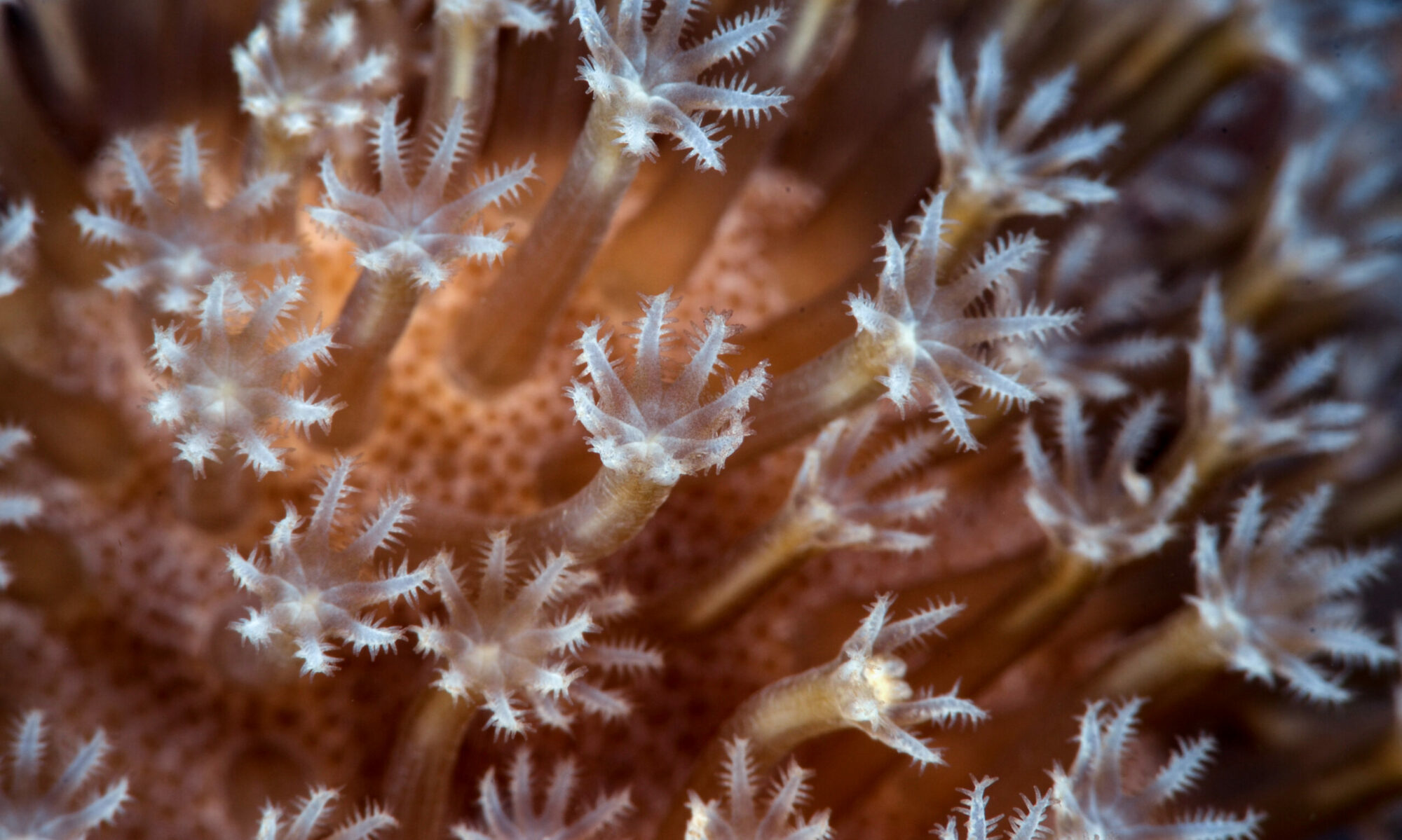A regional cyberinfrastructure will allow high performance computing centers to develop, share and promote scientific research opportunities in the region. This framework for capacity building is essential to support the region’s economic and cultural development.
Outcomes
- Consortium with Guam Department of Education (GDOE), Guam Community College (GCC) and the University of Guam (UOG) that increase collaboration and usage of a local high speed Research Education Network connected to other global and national REN’s. Establish an open Internet Exchange that will allow for peering with regional Research and Education Networks.
- Collaborate with the Univeristy of Hawaii (UH), the Network Startup Resource Center (NSRC), Pacific Wave, the Western Regional Network, and the Energy Science Network (ES.net) to share Collaboratorium datasets with other institutions using the ES.net’s high speed Science DMZ network infrastructure.
- Collaborate with and participate in the Pacific Islands Research and Education Network (PIREN).
- Implement the NOAA’S ERDDAP web serve software to enable gobal Web access to Collaboratorium database information.
Cyberinfrastructure Plan
Introduction
The University of Guam (UOG) is the only Western Association of Schools and Colleges (WASC) accredited four-year institution of higher learning within the Western Pacific with graduate level programs and research institutes, serving 4,300 students. The university is a minority-serving, land-grant and sea-grant institute, and recently implemented an ambitious 3-5 year plan to become the “academic jewel of the Pacific.” This multi-year strategic plan, called the university Good to Great or G2G plan, has forced university constituents to perform honest, ongoing assessments of programs and priorities for both immediate objectives and long-term goals.
Duuring the G2G process, the university identified five high-level, institution-wide issues needing immediate attantion in order to move forward. Two of the university’s five institution-wide issues (The Connectivity of the University to the Outside World and The Use of Big Data by the University) required the creation of a Chief Information Officer position to lead these efforts. The CIO is a member of the president’s senior level executive team and leads all Information Technology decisions and strategies for the university enterprise.
This University of Guam cyberinfrastructure (CI) plan is designed to implement CI best practices and will create an advanced network designed to support research education at UOG. The CI plan aligns with G2G needs and addresses the two institution-wide CI issues listed above: Connectivity and Use of Big Data.
The implementation of the various elements in this plan will enable the university to establish research and education networking capabilities through Internet2, will enable UOG researchers to access and share data in real time, and will enable researchers to more effectively collaborate with their peers throughout the Pacific and around the world. Researchers from peer institutions will benefit from gaining remote access to regionally unique research data generated by the University of Guam’s nine research centers. This advance in networking will level the playing field for researchers at the Univeristy of Guam, providing the essential connectivity that their peers at other institutions have benefited from for more than a decade.

